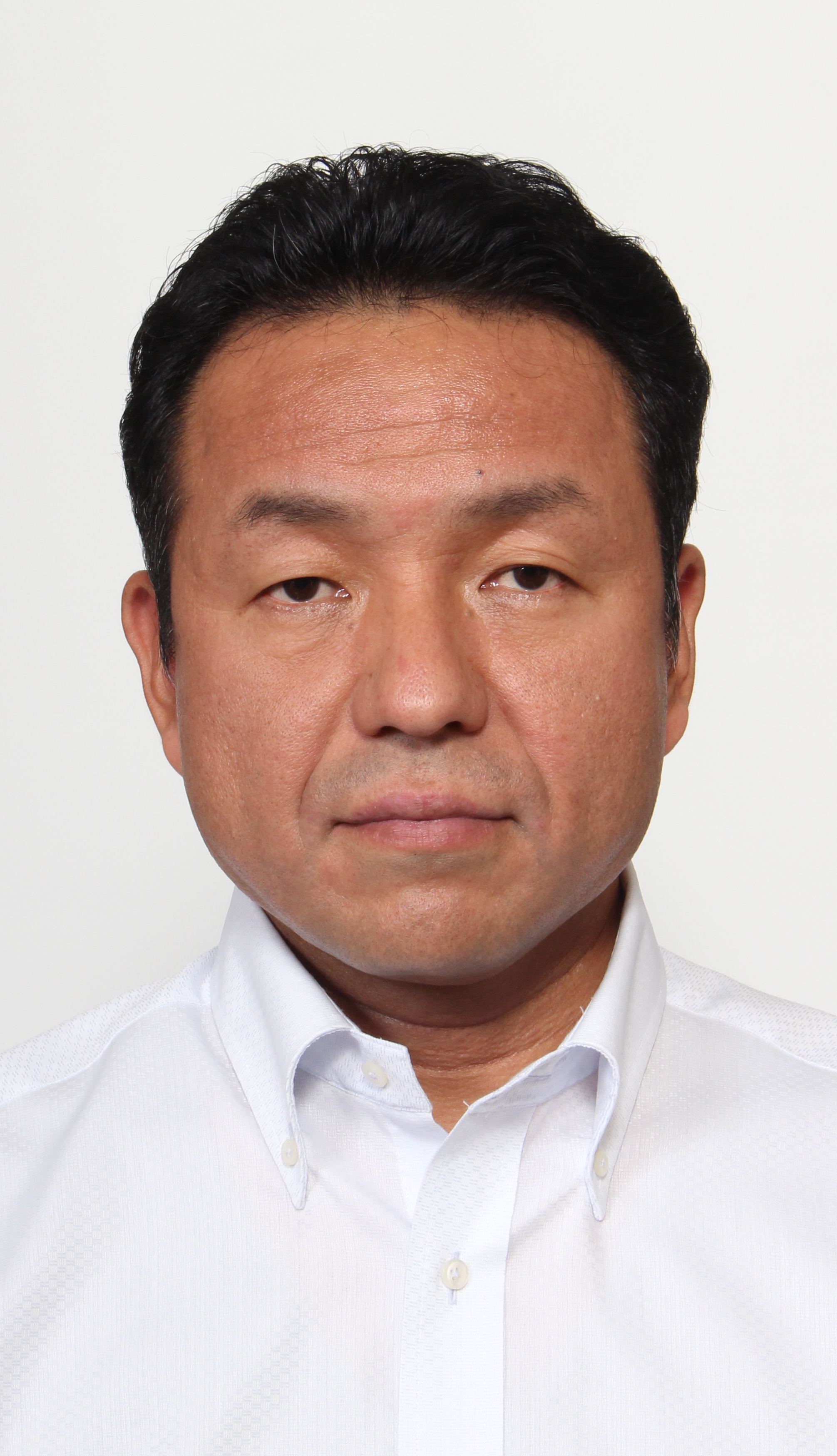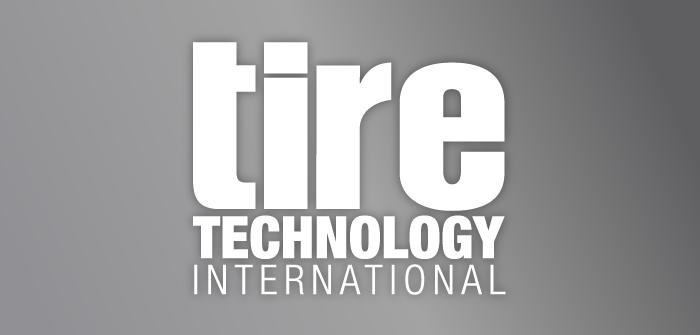 Alliance Tire’s newly appointed CTO reveals his plans for creating better synergies between the company and Yokohama Rubber, following its acquisition by the Japanese OEM last year.
Alliance Tire’s newly appointed CTO reveals his plans for creating better synergies between the company and Yokohama Rubber, following its acquisition by the Japanese OEM last year.
What is your career background?
After graduating in material engineering, I joined Yokohama Rubber Co. in 1990. For the past 26 years at YRC, I have worked in various departments including R&D and production. In R&D I researched new materials, particularly for commercial tires, whereas in the production department, I was involved in quality, technical and overall plant management. For Yokohama’s Thai factory, I was a core team member from initial plant construction to startup of tire manufacturing. From April 2016, I was in charge of the acquisition of ATG. In August 2016, I took on responsibility of ATG’s India Corporation ATC (Mumbai, India) and became vice chairman of ATC.
How does this new job role differ from your previous position?
The acquisition of ATG will be crucial to achieving the target of 1 trillion yen (US$10bn) in sales and 100 billion yen (US$1bn) in operating income, which is the final goal of GD 100 – YRC’s medium-term management plan. It complements the weakness of YRC’s tire business, as ATG is more flexible and synergies can be expected. Working here is highly motivational.
What were you tasked with in this new role?
For ATG, the technology and development departments are separately distributed in two plants – in India (Tirunelveli/Dahej) and Israel (Hadera), but until now there was no function to oversee it, as a result there is a tendency to work individually. ATG Group’s technology and quality divisions are dispersed in two different places of nationality and culture. To operate efficiently and think about future strategies and concepts, while maintaining speed and cost competitiveness, my aim is to strengthen further technological and quality through YRC’s technical capabilities, experience and know-how. Although it is difficult to organize members of various bases at ATG, from the perspective of corporate culture, national character, etc, it will be very rewarding if we can.
How do you plan to implement these changes?
ATG’s Alliance, which was originally a tire manufacturer in Israel – this team has the most technical capability within ATG. In establishing high-value-added products at Indian factories, I would like to utilize not only Israel, but also the technical capabilities of YRC to gather all the power of the YRC group. However, when introducing the YRC technology, I will ensure I do not alter the strengths of ATG. We believe that each team in Israel, India and Japan will understand each other’s thinking, work style, culture, and each other’s characteristics.
What other plans do you have for the business?
ATG aims to become a global market leader in agricultural tires, forestry tires and construction tires, and material handling tires with sales of US$1bn. As a member of the YRC group, I have to think as a whole group, how we can achieve a better synergy. Since July 1, 2016, ATG became a member of the Yokohama Rubber Group and we undertook a technical exchange meeting with YRC and ATG’s Israeli and Indian technical teams, to find opportunities for future synergies. For example, introducing YRC know-how and technology into ATG products, i.e. compounds and construction design. With regard to the future, we aim to establish various strategic initiatives using the advantages of each company.



